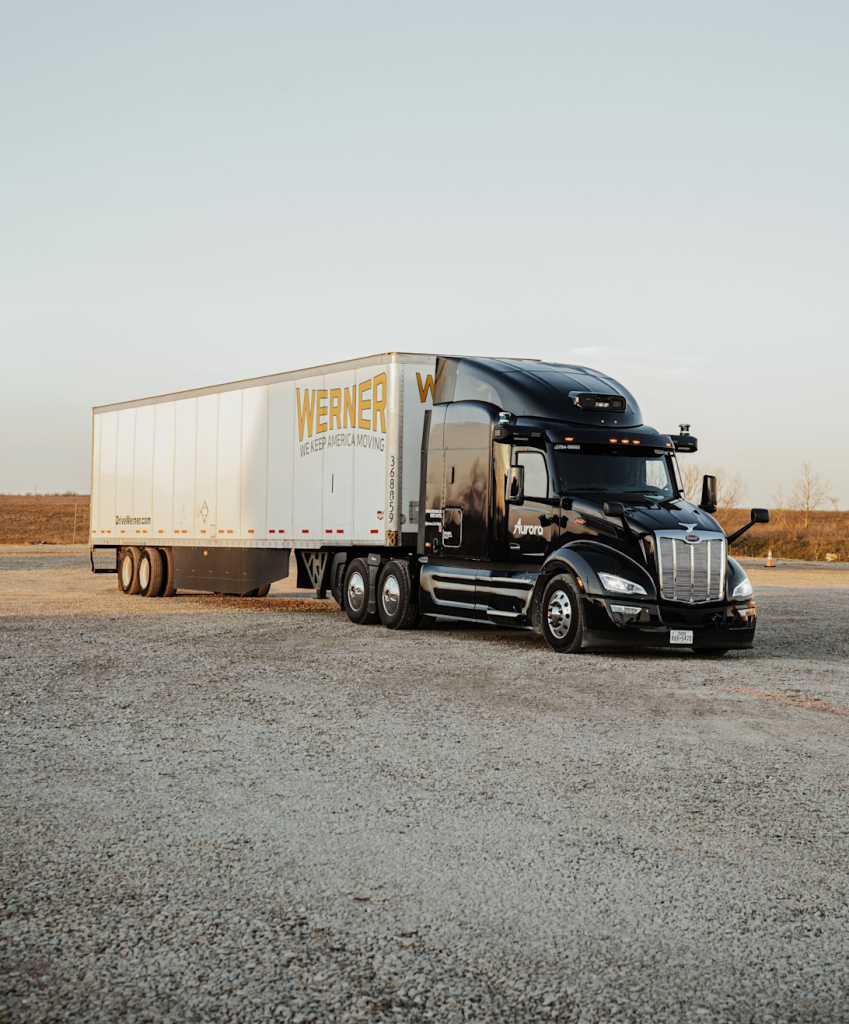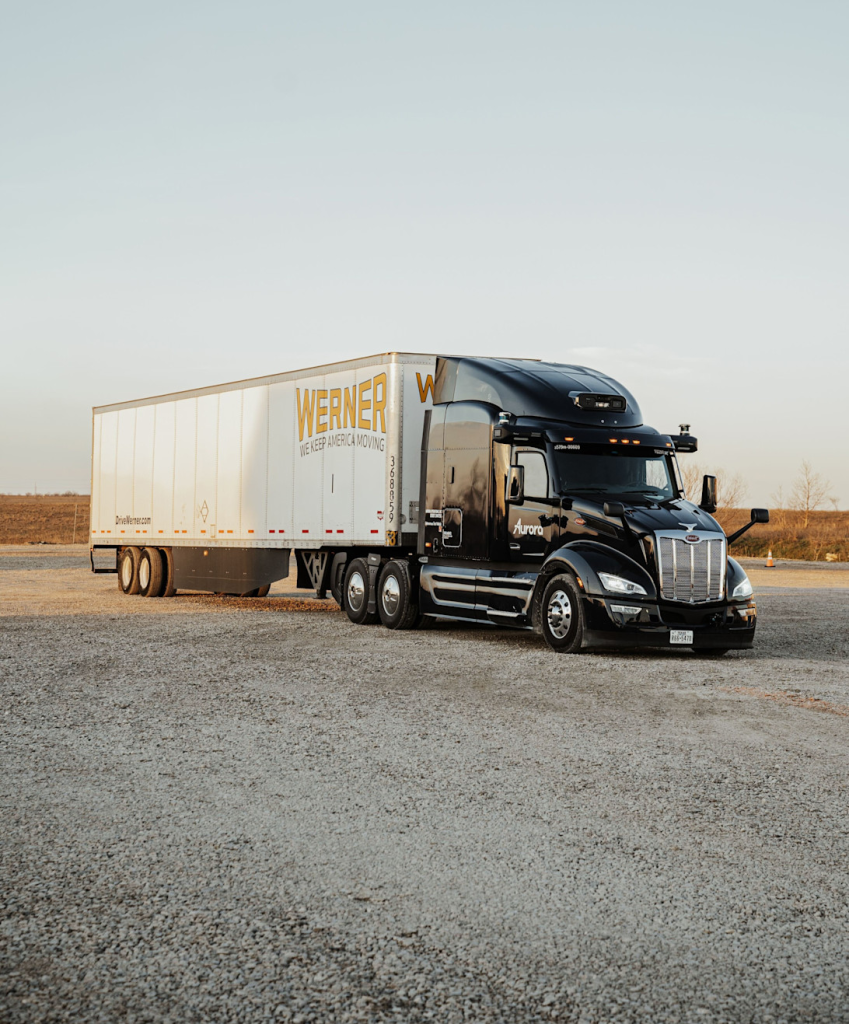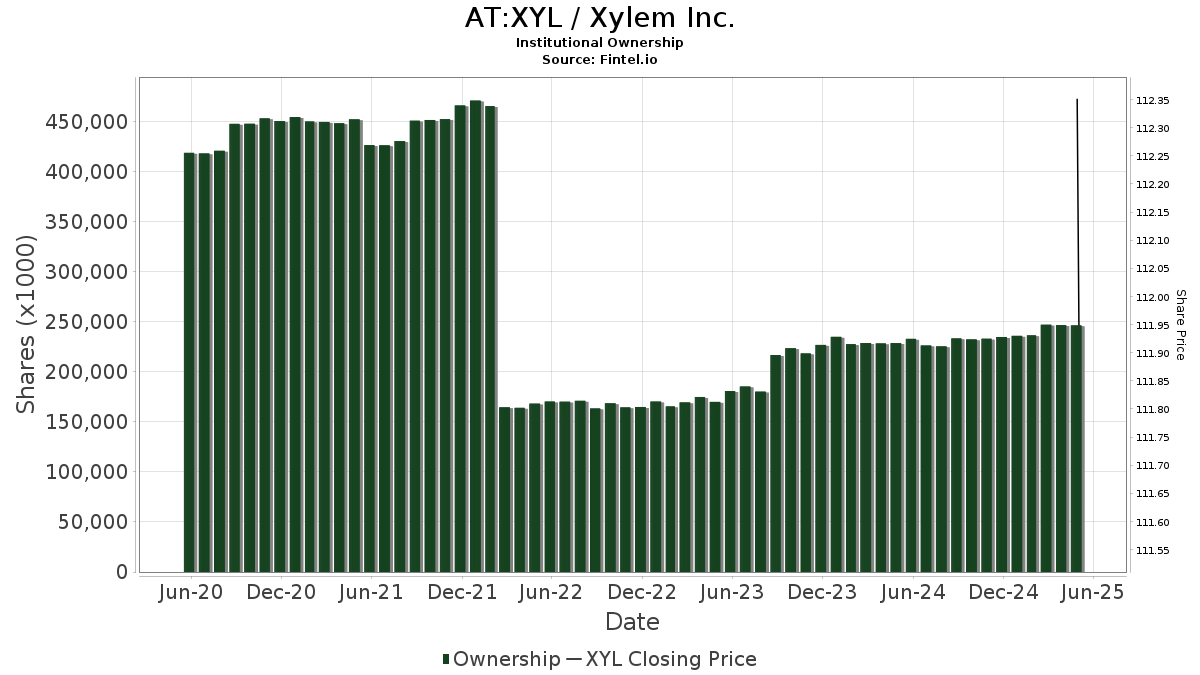# Self-Driving Trucks Mark a Turning Point for America’s Workforce
The latest advancements in self-driving technology may significantly impact various sectors, particularly trucking.
Charlie’s got a gold watch
Don’t seem like a whole lot
After thirty years of driving up and down the interstate
But Charlie’s had a good life
And Charlie’s got a good wife
And after tonight she’ll no longer be counting the days
Eighteen wheels and a dozen roses
The song “Eighteen Wheels and a Dozen Roses,” by Kathy Mattea narrates a truck driver’s retirement after 30 years on the road. He returns to his wife, symbolic of a transition from a semi-truck to a Winnebago for travels across the country. This narrative resonates deeply within the sub-genre of American country music focused on truck-driving.
As we move into 2025, however, the dream of a long-lasting, stable career is becoming uncertain, particularly following new developments in the self-driving vehicle industry.
Aurora Innovation Breaks Ground
Last Thursday, Aurora Innovation Inc. (AUR) made history as the first company to start a fully commercial, self-driving trucking service in the United States.
Equipped with autonomous semis, Aurora’s operations are currently running driverless deliveries between Dallas and Houston, operational on public highways and generating revenue.
According to TechCrunch, Aurora has successfully navigated 1,200 miles with a self-driving truck, achieving this milestone without a human driver.

Aurora’s technology, called Verifiable AI, employs radar, lidar, cameras, and sensors to monitor road conditions and make driving decisions. The system includes “invariants,” which are fixed rules that the truck must adhere to, such as stopping at red lights and remaining within lane boundaries.
Aurora plans to manage its driverless trucking operations by owning, maintaining, and insuring its own trucks for clients. Working with strategic partners like Volvo Trucks and Paccar, the company aims to develop self-driving trucks for large-scale manufacturing, expecting customers to purchase trucks directly from manufacturers by 2027 or sooner.
Uber Freight is already among Aurora’s clients, and by the year-end, the company anticipates expanding its driverless routes to El Paso and Phoenix.
Job Displacement in the Trucking Sector
This technological shift will not be instantaneous, but changes are imminent. The repercussions of this advancement could be severe.
The prospect of job loss looms large for millions of long-haul drivers across the U.S.
Trucking is a predominant profession in America, employing approximately 3.5 million individuals. The average yearly salary for a full-time truck driver hovers around $52,000. Some seasoned owner-operators earn substantially more, reaching six-figure salaries. For instance, Walmart Inc. (WMT) offers up to $110,000 for new drivers in their first year.
When self-driving technology becomes widespread, potentially millions of working-age individuals may find their livelihoods at stake, raising profound societal concerns.
The Broader Impact of Automation
This discussion is not meant to incite fear but to illuminate the upcoming challenges in various sectors.
Consequently, whether you work in manufacturing or office environments, the disruption caused by automation is progressively affecting workplaces. AI is increasingly proving to be more economical and efficient than human labor.
Furthermore, advancements in AI do not demand time off, nor do they ask for pay raises.
Early indicators of this trend are evident. For instance, factory lines that previously required 50 workers may now operate efficiently with just five. However, this phenomenon is not confined to blue-collar roles; the impact of automation can be observed across all sectors of the economy.
In the tech industry alone, significant layoffs have already occurred:
- Meta Platforms, Inc. (META) eliminated 21,000 positions;
- Amazon.com, Inc. (AMZN) cut 27,000 jobs;
- Alphabet Inc. (GOOG) has initiated reductions as well.
As companies adapt to new technologies, unprepared workers may face an uncertain future. This turning point raises essential questions about the economy’s direction and the implications of automation in our daily lives.
# AI Transformation: Economic Disruption and Opportunities for Investors
- Microsoft Corporation (MSFT): 16,000…
Artificial Intelligence (AI) is affecting a range of professions beyond technology. Accountants, paralegals, designers, analysts, and even doctors face career shifts as AI rapidly advances.
The speed of this transition is notable.
As many workers experience job displacement, companies developing AI technologies are seeing remarkable financial gains. NVIDIA Corporation (NVDA) alone gained over $2 trillion in market value in 2024, driven largely by the same chips that are leading to reduced income for many employees.
This phenomenon can be defined as the Economic Singularity.
This term describes a pivotal moment when AI renders a significant portion of human labor financially irrelevant.
It’s important to clarify that this isn’t a fictional robot revolt; rather, it signifies a profound restructuring of the economy. While millions may struggle in this landscape, a select few will collect the substantial rewards.
This shift will change the social and economic contracts between businesses, employees, and governments.
Indeed, this transformation is already in progress.
Embrace Change or Face Consequences
The reality is stark: AI is accumulating vast wealth for tech executives and shareholders, all while diminishing household incomes for workers.
The swift growth of AI-driven companies results from the same technologies that are replacing workers with machines.
Statistics reinforce this trend. According to McKinsey’s 2024 State of AI report, 65% of firms now implement generative AI in at least one core function. This marks a significant increase from the 33% identified in April 2023.
Moreover, McKinsey estimates that this technology could generate between $2.6 trillion and $4.4 trillion in annual economic value, primarily in sectors such as customer service, banking, retail, logistics, and software development.
Clearly, we are on the brink of a major economic shift. However, this transformation also presents substantial opportunities.
Navigating the Future
How should individuals and businesses respond to the changes AI is bringing to the labor market and the economy at large?
We can either choose to ignore these developments or adapt to and benefit from them.
It’s essential to position yourself on the favorable side of the Economic Singularity. While AI may displace numerous jobs, it creates vast opportunities for investors who know where to focus their resources.
AI will remain a significant force in the economy. Attempting to resist its influence is unlikely to succeed; however, learning to capitalize on this advancement can lead to success.
This is why a comprehensive video briefing on these developments has been prepared.
The briefing will highlight the companies at the forefront of this change—those already experiencing incredible growth as the Economic Singularity unfolds.
These are the entities that can turn economic disruption into lasting wealth.
Sincerely,

Louis Navellier
Editor, Market 360
As of this date, the Editor owns shares of:
NVIDIA Corporation (NVDA) and Walmart Inc. (WMT)





